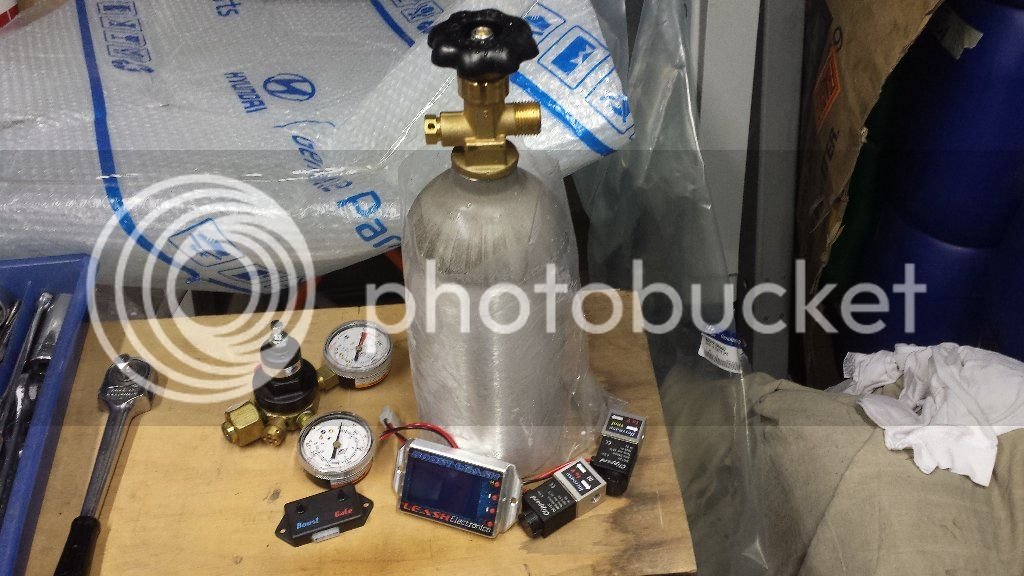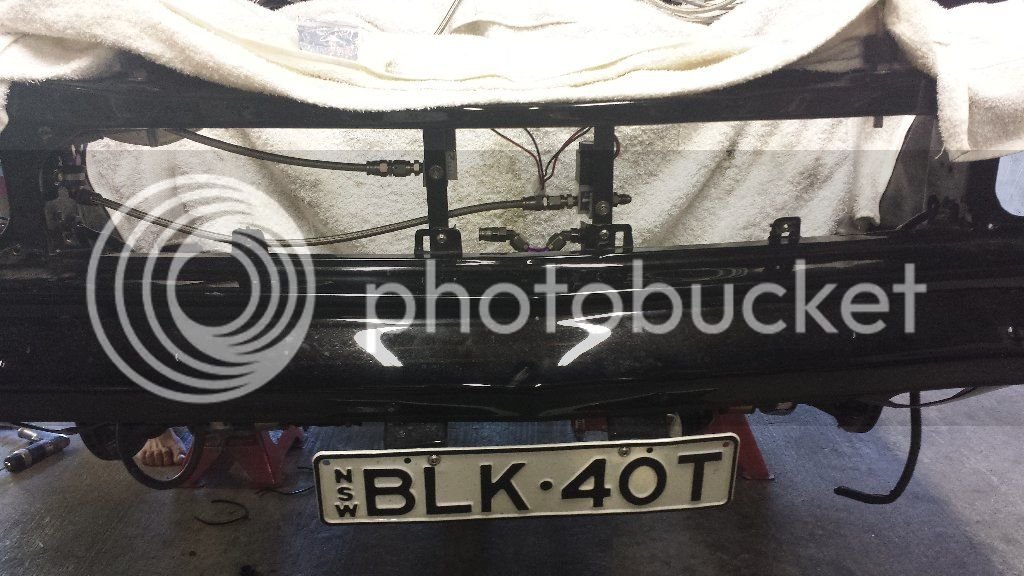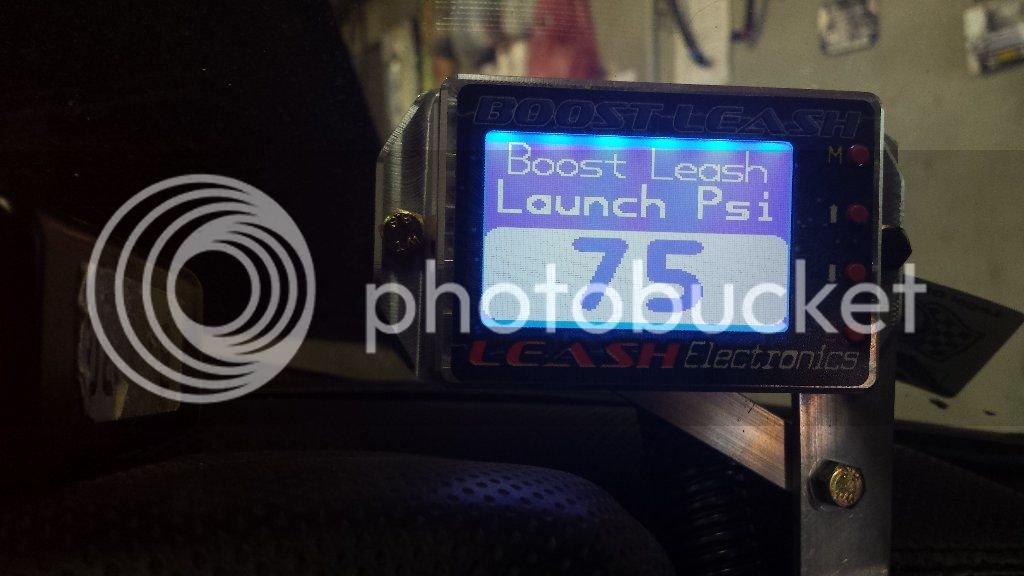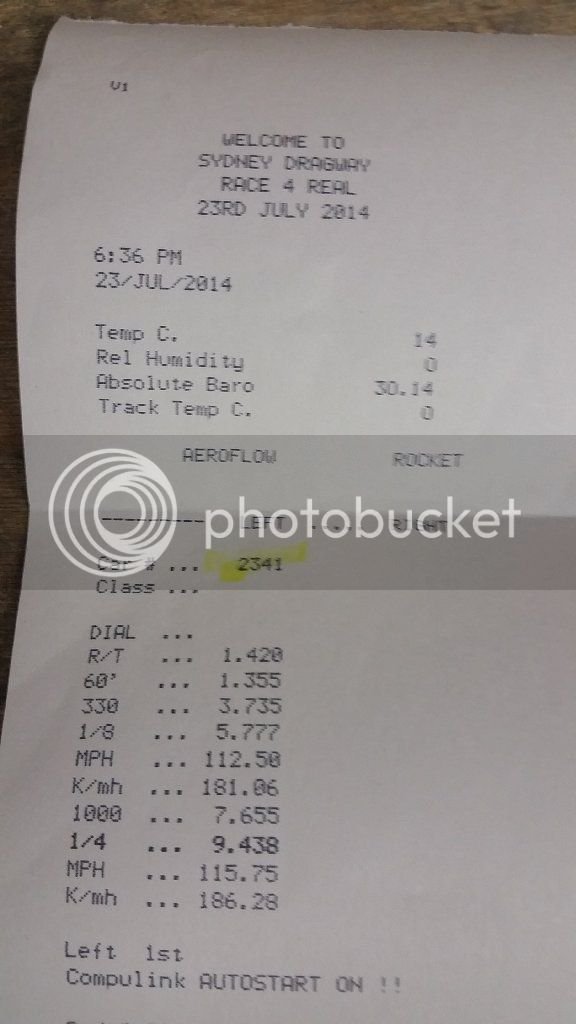forgot to mention the issue we had was pistons, the revised pistons are back in, the backspace clearance is now 5-6 thou, instead of 50-60 thou what the old pistons had we won't be gambling again on that ever again, was a costly mistake, should have changed them out straight away when we saw it, this has even caused CP to cancel that line of pistons and re-make everything to the new specs that we wanted, maybe for low boost and NA you can get away with that back clearance but not 30psi
After I red this, I checked what "the backspace clearance" is. Because I have custom CP pistons too, I'm very interested in your research. What I found in the net is an article from MAHLE where they did some testing with different backspace clearance. It's not for race engines, but why should it work fine with stock engines but not if you increase the boost? I'm a little bit confused.
Here is the link to the article and the interesting part of it:
http://www.crankshaftcoalition.com/wiki/Pistons_and_rings
TB-7001 Issued July 27, 2011 (also released March 20, 2012 as AERA Technical Bulletin TB 2588):
Steel Compression Rings with Reduced Radial Wall Thickness
MAHLE Clevite Inc. is transitioning its popular MAHLE Original ring sets from a grey cast iron top ring to a carbon steel top ring. The advantages include; 35% more strength, 30% less weight and double the resistance to side wear which is a common problem on late-model engines.
Since the steel is 35% stronger than cast iron, we can achieve the same ring tension with 35% less weight. That weight savings is made by reducing the radial wall thickness of the steel ring.
The net result is a ring that's lighter, so it has a higher effective RPM potential, stronger - so that it weathers the abuse of today's high output engines better, and actually seals better because the reduced radial wall allows it to conform to the cylinder wall better.
Having said all that, there's some additional explanation needed when it comes to back clearance - that area behind the ring which is calculated by subtracting the ring radial wall width from the root depth of the ring groove in the piston. For example; if I have a ring radial wall of .170” and a groove depth of .195” then my back clearance is .025”. Reducing the radial wall of the replacement carbon steel rings does increase the back clearance because they are going into piston grooves designed for the thicker radial wall of the cast iron rings.
It's been a well-accepted piston/
piston ring engineering design criteria, that for optimum performance, ring back clearance should be minimized. This comes from the fact that the top compression ring needs the pressure from the combustion gases to get in behind the ring and push out on the ring to maintain proper seal on the high pressure, or combustion stroke. The logic was that the smaller the area created by the back clearance, the quicker that pressure would build to push out on the ring, and the quicker the ring would react to its sealing requirements job. That logic is all good but what about the reality of the concept?
Since MAHLE makes both components in this equation - pistons and the rings, our MAHLE
piston ring R&D lab did some testing in conjunction with one of our OE customers to see if engine testing could tell us what the right amount of back clearance should be. What the lab folks found surprised most all of us! The engine wasn't nearly as sensitive to ring back clearance as it was to ring side clearance.
The reason was the gases have to get past the top side of the ring in order to get around to the back of the ring to push out on it. When we tightened up the side clearance to less than .001", the ring went unstable even at normal operating RPMs. Blowby, which is gas leaking past the face of the ring, increased dramatically. Changing the back clearance didn't show us anything, negatively or positively either direction. We realized it was all about having enough side clearance to let the gases flow back to the back of the ring not how much back clearance we had!
We came to the realization that in any cylinder, you have hundreds of CC's of gases available to fill that relatively small volume behind the ring (0.4 cc's), Those gases are at a very high pressure, several hundred, or even thousand PSI, so they will fill the small space behind the ring very quickly if you give them enough room, a.k.a. side clearance, to get there.
Most OE and aftermarket side clearance specs are in the .0015" - .0025" range. For our regular, non-racing, customers; changing from a cast iron top ring to a steel top ring won’t cause any adverse effect at all from the increased back clearance because the side clearance is adequate to allow the gas movement. Remember, we have hundreds of cc’s of gas to fill the very small amount of space change.
The performance engine builders are a different story, but they take care of the issue with custom groove specs. The MAHLE Original performance ring catalog supplies radial wall specifications for every ring for just that reason. Many of the true high performance engine builders specify ring grooves with less than .001" side clearance, but they add gas ports, small channels drilled in the piston, either from the top or side of the piston, to give a direct path for those combustion gasses to get directly to the back side of the ring. The engine doesn't care how the gases get back behind the ring, it only cares that it does, and in enough volume and pressure to do the job.
In summary, you can replace cast iron top rings with carbon steel, get all the benefits we’ve talked about in this bulletin, and rest assured we’ve done our homework on the engineering side!
End of TB





